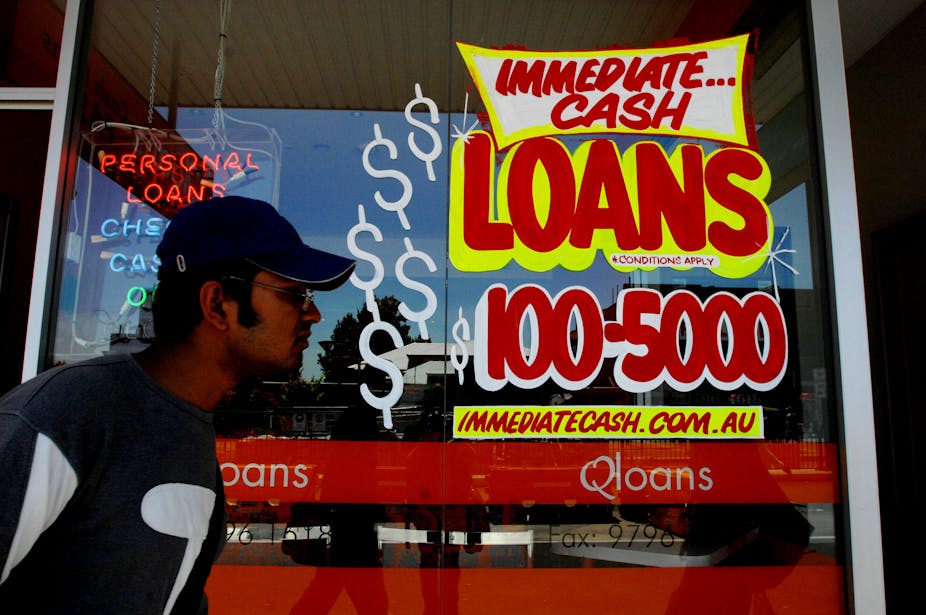The Federal Government has taken significant steps in recent years to protect consumers from predatory lending practices, such as very high-interest “payday loans”.
An unfortunate, though surely unintentional, consequence of lending regulation is that people on low incomes or with poor credit records may find it difficult to secure loans.
Under our National Consumer Credit Protection Act 2009, which came into force in 2010, credit providers must hold an Australian Credit Licence and must not make loans which are “unsuitable.”
A loan will be deemed unsuitable where a borrower cannot repay without substantial hardship, for example, where borrowers can only meet their obligations under the loan by selling their home.
If this obligation is well-monitored and enforced by the Australian Securities and Investments Commission, then it may have a positive impact on minimising irresponsible, predatory lending and the problems of over-indebtedness that follow.
No longer should low income and other vulnerable consumers find themselves in “debt traps” where they pay endless fees on loan rollovers (because they cannot repay the loan when repayment falls due), without actually reducing the principal amount owed.
One concern, however, is that “mainstream” lenders who are inclined to lend responsibly, will tighten the availability of credit to low-income, vulnerable, financially excluded Australians.
This will only make problems of over-indebtedness worse, in that those consumers will have no alternative but to turn to high-cost exploitative lenders when they need credit.
A recent report published by the Centre for Social Impact showed that in 2010 more than 15% of adult Australians were financially excluded in the sense of having either no, or only one, of the following financial products: a basic transaction account; credit; or a basic insurance product.
About half of those people could not raise $3,000 at short notice if needed in an emergency.
More safe, affordable credit options for those currently excluded from access to credit by mainstream banks is needed.
Some low interest and no interest loans are being made available by community sector organisations and community development finance institutions, but these are not yet at a scale to meet demand.
It is therefore crucial that mainstream lenders do not understand “responsible lending” to mean “restrictive lending.”
The evidence coming out of low interest loans programs offered through partnerships between banks and community sector organisations is that the default rates on these loans are much lower than is the case for “mainstream” loans.
The decision to lend by community sector organisations is made on the basis of individualised credit scoring models, and the loan application process generally incorporates financial education and budgeting assistance.
The loans themselves are then tailored so that they are affordable, that is, repayments are manageable without hardship.
It is clear that credit can be tailored to meet the needs of low income Australians, and that people on low incomes can indeed repay loans. It is not necessarily irresponsible to lend to a person on a low income.
Other anecdotal evidence coming out of low interest loan schemes shows that the benefits for borrowers extend beyond access to money.
Access to credit and being able to successfully repay a loan – as opposed to being a passive recipient of welfare payments – has been shown to give people a sense of dignity and social inclusion, and improve individual self-esteem.
This lesson should not be lost amidst concerns about irresponsible lending.

